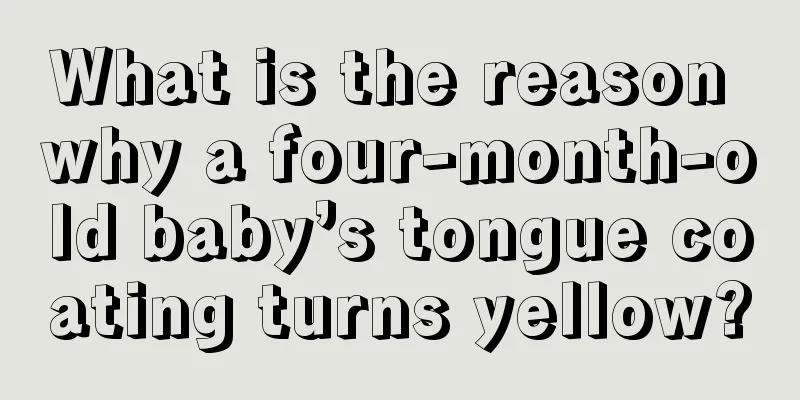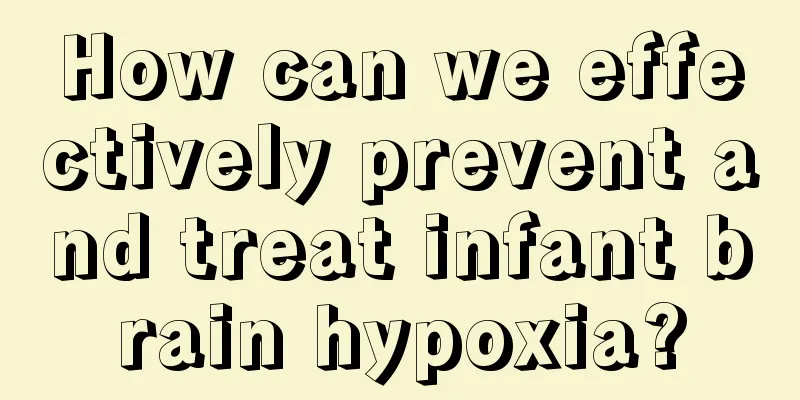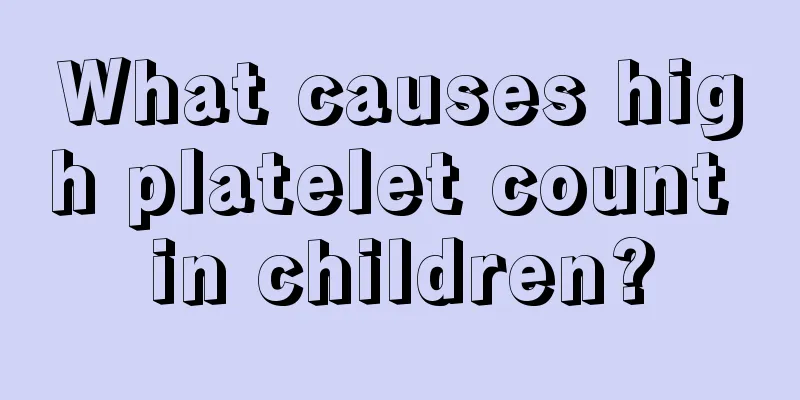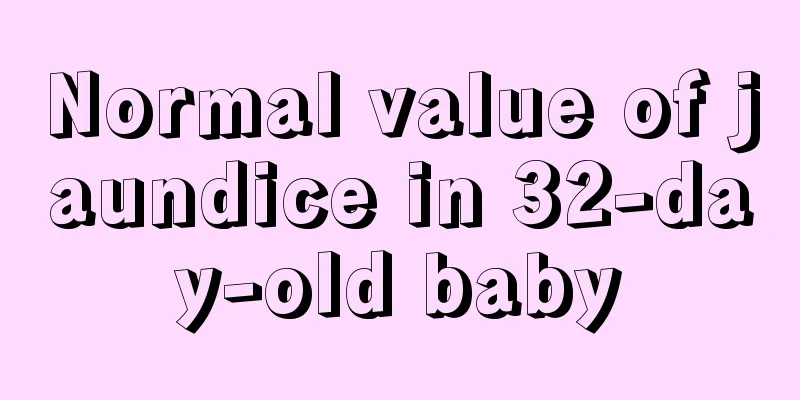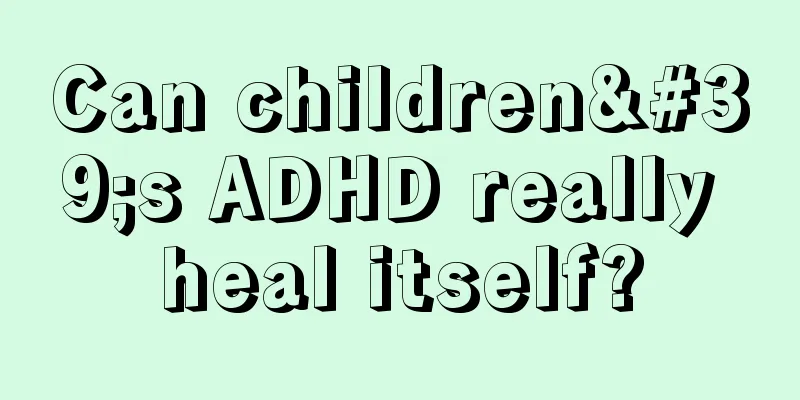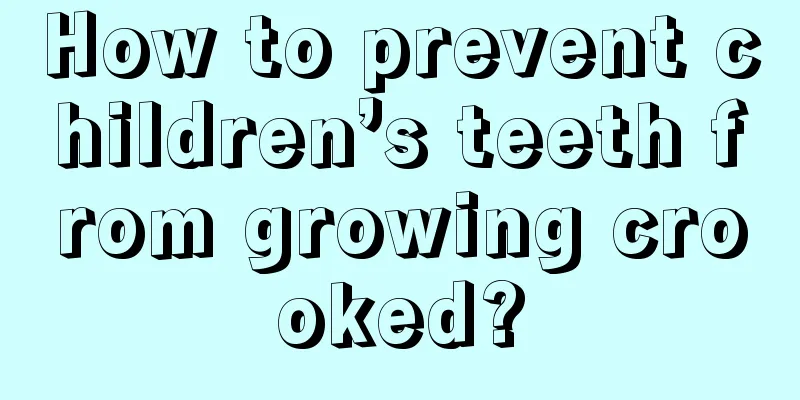Physiological characteristics and heart rate characteristics of preschool children
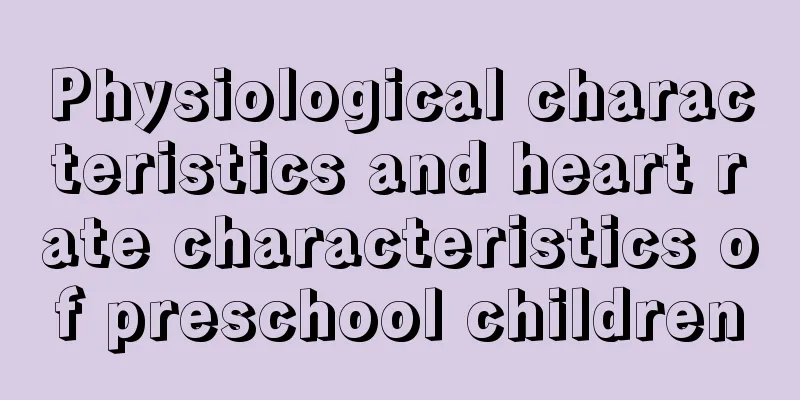
|
The heart rate characteristics of different groups of people are different. For example, the heart rate of preschool children is faster than that of adults. And the younger the child, the faster the heart rate. If you want to determine whether your child has an irregular heart rate, you need to have a certain understanding of the normal heart rate values for children at different stages. Below, we will introduce you to the relevant knowledge about children's heart rate in detail. 1. Characteristics of children's heart rate The sympathetic nerves are dominant in the heart nerves of children, the vagus nerve has low excitability, and the cardiac output is limited. In order to meet the growth and development and vigorous metabolism, the heart rate can only be increased to increase the output. Therefore, children have a fast heart rate, and the heart rate gradually slows down with age. Newborns breathe 120 to 140 times per minute, children under 1 year old breathe 110 to 130 times per minute, children aged 2 to 3 years old breathe 100 to 120 times per minute, children aged 4 to 7 years old breathe 80 to 100 times per minute, and children aged 8 to 14 years old breathe 70 to 90 times per minute. 2. What are the characteristics of arrhythmia in children? 1. Sinus arrhythmia is the most common It is the most common type of arrhythmia in children, followed by ectopic rhythm and conduction block. Among sinus arrhythmias, sinus tachycardia accounts for the majority. Sinus arrhythmia is also very common. Patients experience an increased heart rate during inhalation, which is more obvious during deep inhalation, and a slower heart rate at the end of inspiration. It often occurs during intense exercise, fever, crying, irritability, and emotional instability. The arrhythmia can disappear after the use of atropine. 2. Symptoms of neonatal arrhythmia About 60% of children develop paroxysmal supraventricular tachycardia, and about 5%-10% of patients have pre-excitation syndrome, which is more common in children under 1 year old. As they grow older and their development gradually improves, the symptoms may be alleviated or disappear. The sinus rhythm of neonatal children is very unstable, and sinus tachycardia is prone to occur in infancy, which is common when they are nervous, crying, exercising or have a high body temperature. 3. Congenital atrioventricular block Most of the arrhythmias in children are congenital. If the atrioventricular node and atrioventricular bundle are not connected to each other during embryonic development, congenital atrioventricular block may occur after birth. Grade I is generally asymptomatic, and the electrocardiogram only shows a prolonged PR interval; Grade II patients may experience symptoms of missed heart beats; Grade III patients may develop acute cardiogenic cerebral hypoxia syndrome due to their slow heart rate, which can be life-threatening. 4. Symptoms of arrhythmia during school age Sinus bradycardia, wandering arrhythmias and incomplete bundle branch block are common in school-age children. 3. Which arrhythmias require treatment? 1. Sinus tachycardia. Sinus tachycardia is usually physiological and does not require treatment, but it should be excluded as a symptom of certain diseases, such as hyperthyroidism, myocarditis, etc. 2. Paroxysmal supraventricular tachycardia. Including preexcitation syndrome, atrioventricular nodal reentrant tachycardia, atrial tachycardia, atrial flutter, and atrial fibrillation, which is rare in children. In most cases, doctors can make the diagnosis by doing an electrocardiogram (ECG). 3. Atrial tachycardia (AT) accounts for about 6% to 10% of supraventricular tachycardia. In mild cases, atrial tachycardia occurs in short bursts, while in severe cases, the attacks may continue for several years without interruption, causing cardiac enlargement and heart failure. Some children can recover through antiarrhythmic drug treatment, but about 40% of children with atrial tachycardia are difficult to treat and various antiarrhythmic drugs are ineffective. Radiofrequency ablation can be considered. 4. Ventricular premature beats. Most patients have a good prognosis. Children with occasional premature beats often have no obvious symptoms and are often discovered during physical examinations or electrocardiograms. Long-term and frequent premature beats may lead to left ventricular enlargement and heart failure, and can be treated with antiarrhythmic drugs or radiofrequency ablation. |
Recommend
What is the most suitable age for boys to wear underwear?
Nowadays, many children wear open-crotch pants to...
What are the dangers of juvenile rheumatoid arthritis?
I believe that parents are most concerned about t...
How tall should a baby be at one year and three months old?
After the child is born, whether he is breastfed ...
What should children pay attention to when supplementing calcium in spring
Spring is not only a season when all things come ...
How to improve children's memory
Children will encounter many problems during thei...
Baby's hand swollen after being bitten by mosquito
As the weather gets warmer, the number of mosquit...
Treatment of a child with a high fever of 39 degrees
I wonder if your children often have a high fever...
Why does the child cry in the middle of the night?
Children under one year old are prone to crying i...
Refractive examination for children
Children's refractive examination can not onl...
How much milk should a one and a half year old baby have?
The amount of milk that babies of different ages ...
Height of a two-year-old baby
A baby's height is related to many factors, e...
What should I do if my baby has a fever when weaning?
For a family, it is important to choose the right...
What is the appropriate water temperature for children's bath?
It is said that children are the apple of their p...
What are the reasons for children's vomiting?
We all know that if we don’t pay attention to hyg...
Can children drink turtle soup?
Because turtle soup is a tonic food, it is not re...

